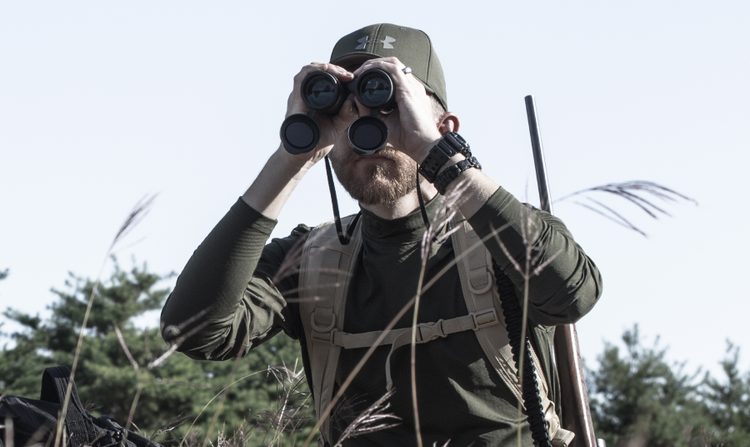Binoculars are indispensable tools for various outdoor activities, whether you're a hunter, a wildlife enthusiast, or a sports event spectator. Choosing the right pair of binoculars can greatly enhance your experience, but it's not just about buying the most expensive pair you can find. Understanding your specific needs and how to use and care for your binoculars can make a world of difference.
Selecting the Right Binoculars
When choosing a binocular, it's crucial to consider your intended use. Are you a birdwatcher in need of a wide field of view, or do you require higher magnification for observing distant targets? Binoculars with low magnification settings tend to have wider fields of view, giving users greater peripheral vision, while binoculars with higher magnification settings have smaller fields of view. The Firefield Emissary 16x32, for instance, offers excellent magnification but may not have the same wide field of view as other binoculars with lower magnification settings, making it ideal for detailed observations. On the other hand, Firefield's 10x42 binoculars provide a wider field of view, enhancing your ability to follow the movements of birds and other wildlife.
Maintenance and Cleaning
Keeping your binoculars clean is essential to ensure optimal performance and longevity. While the Firefield Emissary 16x32 comes with a cleaning rag, it may not always suffice for a thorough cleaning, especially after a day in the field. Here are some steps to maintain your binoculars:
- Wipe Down: Use a dry or slightly damp cloth to wipe down your binoculars, removing dirt and debris from the exterior.
- Clean Lenses: Blow off any remaining dirt and debris from the optics, then clean the lenses with the provided lens cleaning cloth.
- Remove Stubborn Stains: For oils or dried water spots, apply a small amount of denatured alcohol to a lens cloth or cotton swab. Gently clean the lens and let it dry. A final breath may help ensure clarity.
- Storage: Store your binoculars in their protective padded case when not in use. Avoid unnecessary disassembly, as it may void your warranty.
Proper Adjustment
Before using your binoculars, you must adjust them to suit your unique vision. The adjustment process is straightforward but crucial for an optimal viewing experience. Here's how to adjust your binoculars:
- Interpupillary Distance: Adjust the width between the binoculars to comfortably match the distance between your eyes. Everyone's eyes are slightly different, so customizing this distance is essential.
- Eyepiece Cups: If you wear glasses, keep the eyepiece cups closed to allow your glasses to rest against the lens. If you don't wear glasses, extend the cups so that your eyes rest comfortably against the binoculars without touching the glass.
- Focus: To focus your binoculars, use the central focus dial. Turn it until the image is sharp. Since everyone's eyes perceive differently, use the diopter adjustment on the right tube's eyepiece to fine-tune clarity for your individual eyes. Once set, you won't need to adjust it frequently; the central focus dial is sufficient for different distances.
Magnification and Field of View
As mentioned before, the magnification of your binoculars affects your field of view. Higher magnification is excellent for observing details but results in a narrower field of view. If you're an avid birdwatcher, a wide field of view is crucial for tracking fast-moving and often distant birds. Try binoculars like the Firefield 10x42, which provides both magnification and a wide field of view. On the other hand, if you need higher magnification for spotting or long distance glassing, the Emissary 16x32 is an excellent choice.
It's important to note that contrary to what some might say, the objective lens diameter doesn't directly impact field of view; instead, it influences the amount of light entering the binoculars.
Stability Matters
For activities that involve prolonged observation, like birdwatching or long-distance surveillance, the sensitivity of higher magnification binoculars to slight movements becomes apparent. Shaking or trembling hands can make it challenging to maintain a steady view. The same holds true for riflescopes used in shooting sports. To combat this issue, consider using a tripod or other stabilization tools to keep your view steady and avoid fatigue.
Choosing the right binoculars for your needs, understanding how to maintain them, and properly adjusting them to your vision are the keys to unlocking the world with these versatile optical instruments. Whether you're a nature lover, sports enthusiast, or a professional in need of precision, a well-maintained pair of binoculars can open up a world of clarity and detail that's waiting to be explored.

